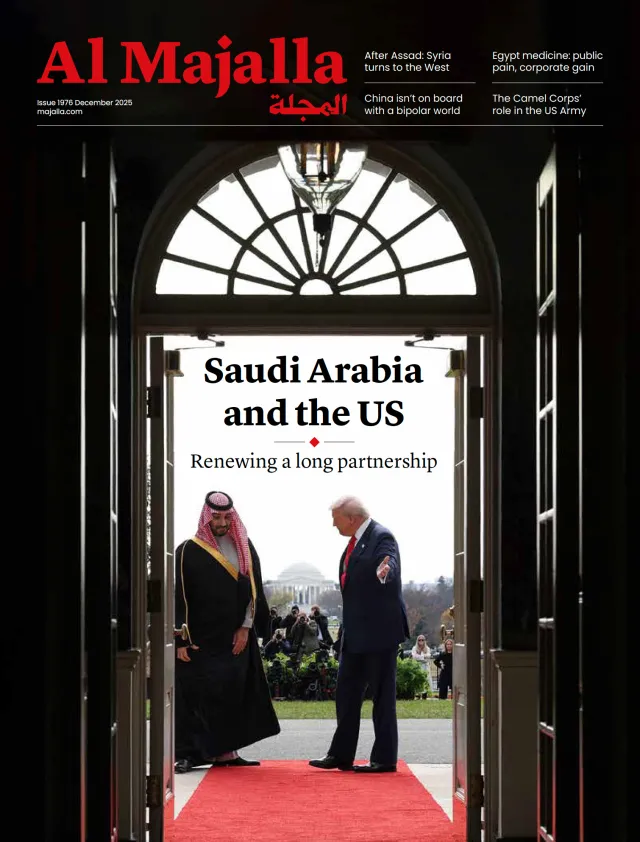The positive outcome of US President Donald Trump’s latest summit with Xi Jinping, his Chinese opposite number, has raised the prospect of a significant improvement in relations between the two leaders—one that could benefit the global economy.
During the first face-to-face summit between the two leaders since Trump returned to the White House, the comments from both camps following their meeting in South Korea indicated genuine progress had been made on a number of key issues, even if Trump appeared to be far more optimistic than his counterpart.
Speaking on Air Force One during the return flight to Washington, the American leader was characteristically upbeat about the outcome. He claimed he had had “an amazing meeting” with Xi, telling reporters, “Zero, to 10, with 10 being the best, I’d say the meeting was a 12...A lot of decisions were made ... and we’ve come to a conclusion on very many important points.”
Chinese officials, by contrast, were more circumspect, with China's state media reporting comments made by Xi after the summit that both sides had reached a consensus to resolve "major trade issues", and that the respective teams would be working on delivering outcomes that would serve as a "reassuring pill" for both countries' economies.
Xi added that both countries had "promising prospects" for cooperation in areas such as handling illegal immigrants, cyber fraud, money laundering and artificial intelligence.





